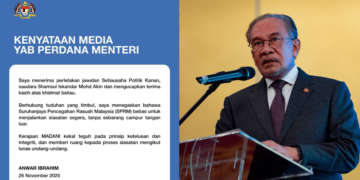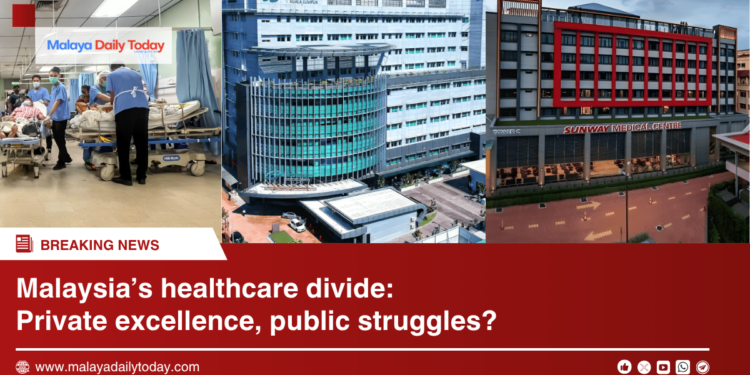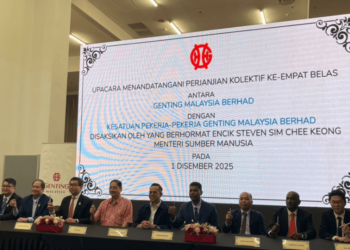Great news for Malaysia two of our private hospitals have made it into Newsweek’s World’s Best Hospitals 2025 list! Sunway Medical Centre in Sunway City ranked 193rd, and Gleneagles Hospital Kuala Lumpur came in at 204th. That puts both among the top 250 hospitals on the planet a major milestone and a moment of national pride.
These rankings speak volumes. They show that these institutions deliver high-quality care, are equipped with cutting-edge medical technology, and focus heavily on patient satisfaction. Even better, Gleneagles climbed up from 223rd last year proof that consistent improvements are being made. Sunway Medical Centre also credited its rise to ongoing innovation and commitment to excellence.
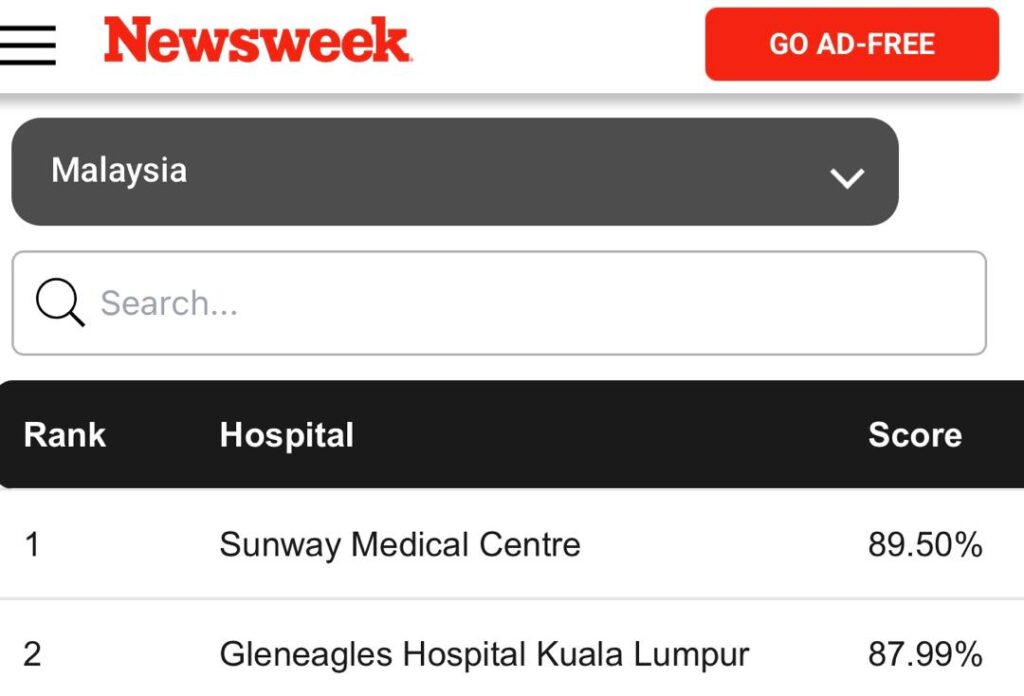
Health Minister Datuk Seri Dr Dzulkefly Ahmad congratulated both hospitals and their teams for their dedication. And beyond recognition, this global spotlight further cements Malaysia’s position as a go to destination for world class medical tourism.
Why Are Private Hospitals Winning?
One major factor behind the rise of Malaysia’s private healthcare sector is the growing adoption of medical insurance. With nearly half of Malaysians now covered, more people can afford quality private care driving growth, investment, and global competitiveness.
But there’s a caveat. Insurance is a business and the profit motive can sometimes lead to practices that prioritize revenue over patient welfare. We need to ensure that the healthcare ecosystem, even in the private sector, remains balanced, ethical, and patient-focused.
Another boost comes from international patients. Medical tourism continues to thrive, with hospitals like Gleneagles Johor welcoming overseas patients. This not only brings foreign income but helps fund upgrades in technology and attract top talent benefiting even local patients indirectly through better services and more job opportunities.
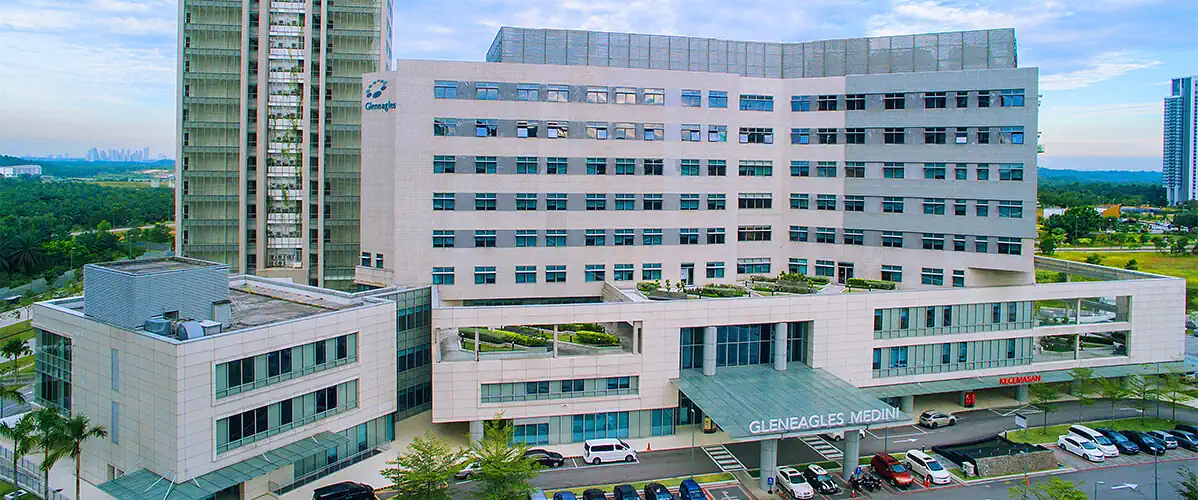
But What About Public Hospitals?
While private hospitals are basking in the spotlight, not a single government hospital in Malaysia made it onto the global list.
Sure, Hospital Kuala Lumpur (HKL) did earn a respectable 4th place in the national rankings the only public hospital to crack the local top 10. But the absence of any public hospitals from the global list is telling. And worrying.
What’s holding our public healthcare system back? The challenges are many and well known:
- Overcrowding & Long Waits
Walk into any government hospital, and the scene is often the same packed waiting areas and patients waiting for hours just to see a doctor. In many facilities, the bed occupancy rate exceeds 100%. That means they’re housing more patients than they were built for.
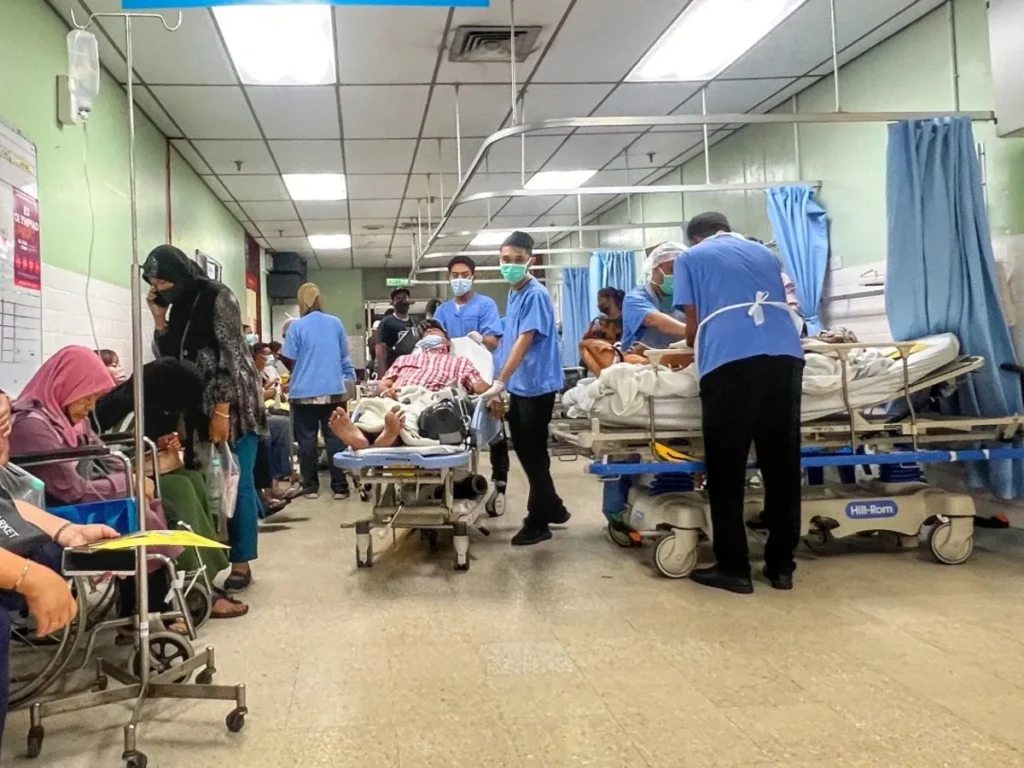
- Brain Drain: Doctors & Nurses Leaving
Public hospitals are bleeding talent. Doctors and nurses are leaving for the private sector or going overseas in search of better pay, fairer working hours, and healthier environments. This brain drain leaves public hospitals understaffed and overstretched.
- Exhausted, Overworked Staff
Those who stay behind face impossible workloads and chronic stress. Burnout is common and dangerous. It puts both healthcare workers and patients at risk. The Malaysian Medical Association (MMA) estimates we need over 43,000 more nurses just to support our current healthcare demands.

- Frustration Among Contract Doctors
Remember the Hartal Doktor Kontrak strike in 2021? Junior doctors protested for better job security and fair promotion opportunities. But tensions remain. In January 2025, a controversial new shift system (Waktu Bekerja Berlainan, or WBB) drew backlash for forcing doctors into 18 hour shifts without on-call pay. Then in May, a long delay in job placements for 2,245 medical officers added to the frustration. These issues are driving more young doctors to give up on public service altogether.
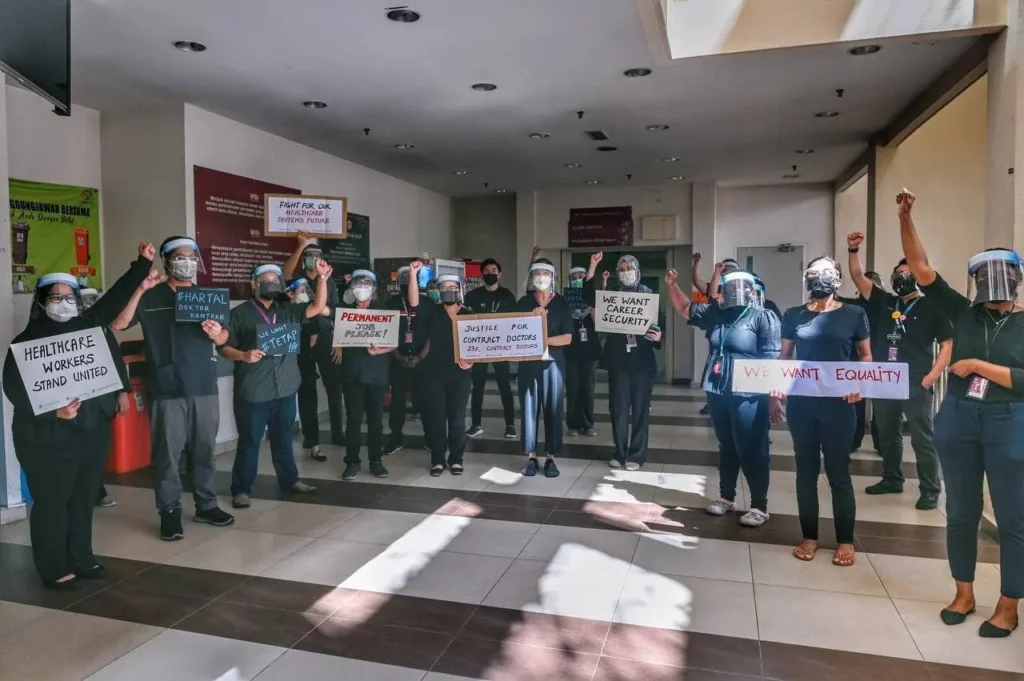
- Medicine Shortages & Pricing Headaches
From Panadol to children’s syrups, we’ve seen medicine shortages in recent years. While global supply chains were partly to blame, many patients suffered needlessly. And now, a new MOH policy requiring clinics and pharmacies to display the prices of all drugs has triggered pushback. Smaller clinics say the policy is unworkable and may actually raise healthcare costs for patients instead of lowering them.

- Aging Infrastructure & Outdated Tech
While private hospitals invest in the latest tools and systems, many public facilities are stuck with outdated infrastructure. Some don’t even have fully implemented Hospital Information Systems (HIS), which are essential for modern healthcare delivery. The 2025 budget includes upgrades but the road to modernization is long, and the gap is wide.
A Wake-Up Call for the Public Sector
Despite the challenges, let’s not forget: Malaysia’s public hospitals are the backbone of our healthcare system. They serve the majority especially the most vulnerable. They’re where most of our doctors and nurses are trained. They’re vital.
So yes, we should celebrate Sunway and Gleneagles their achievements set a powerful benchmark. But this moment must also serve as a wake-up call. If Malaysia wants a healthcare system that is inclusive, innovative, and future-ready for everyone, not just the insured and the wealthy, then we need real, sustained reform in the public sector.
That means:
• Investing in people — from nurses to junior doctors.
• Easing overcrowding with smarter resource allocation.
• Ensuring access to essential medicines without burdensome red tape.
• Modernizing infrastructure and embracing technology.
• And above all, making public healthcare a national priority not an afterthought.
Only then can we hope to see both public and private Malaysian hospitals standing proudly on the global stage, side by side. -MalayaDailyToday






